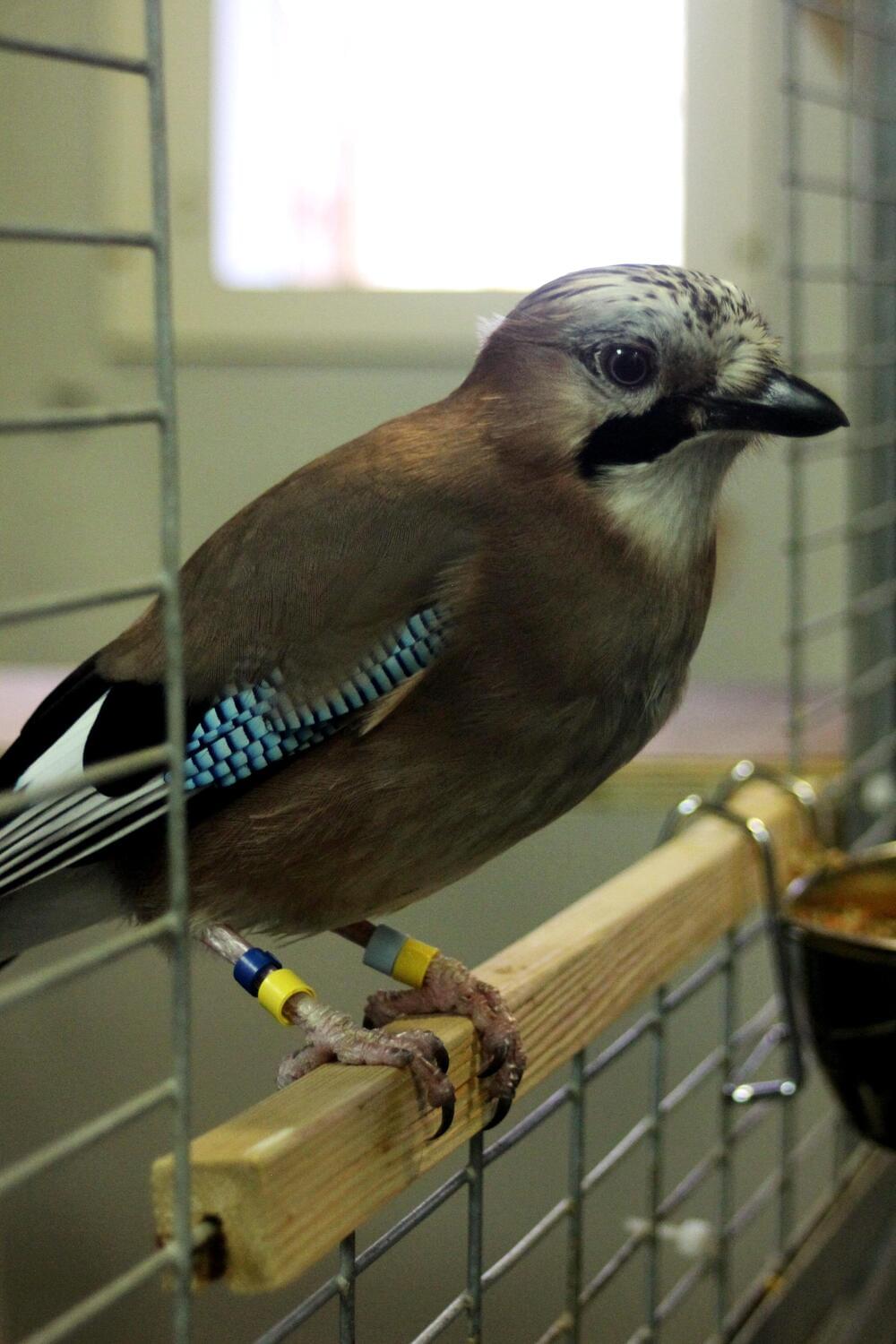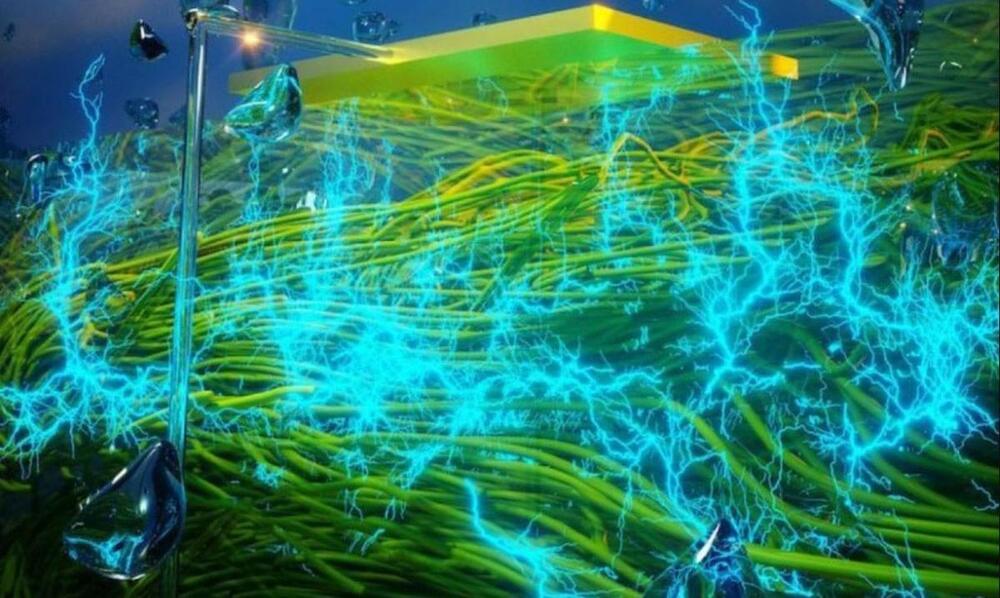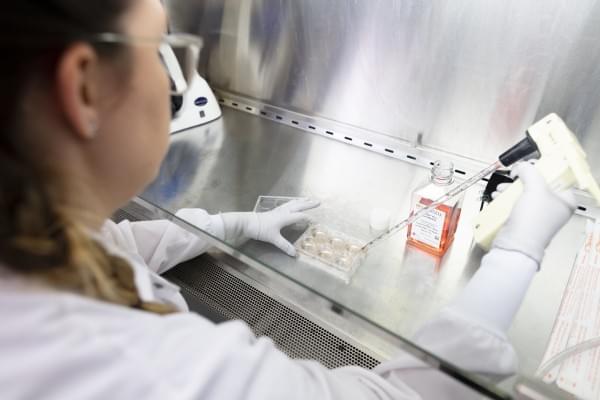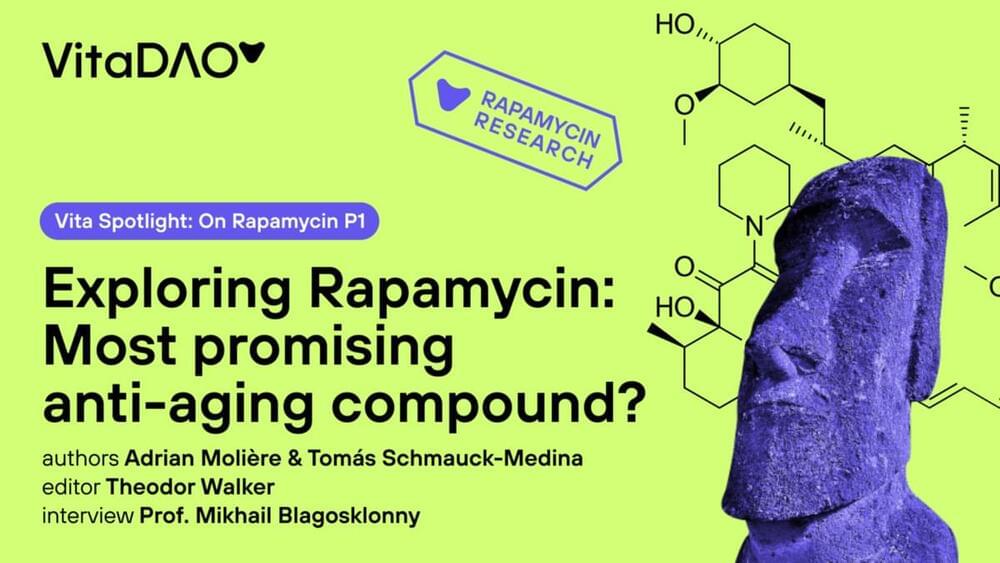While we may struggle with the production of electricity and green power now, a recent discovery by the University of Massachusetts in Amherst has discovered something quite amazing. One day, in the not far away future-we may have the ability to create electricity from thin air.
Well, technically we already do, but let me explain how this happened and what that means for us. The study was published in the journal Nature in February 2020. The title is “Power generation from ambient humidity using protein nanowires” and through this study, the researchers stumbled upon something quite amazing.
The project was started by electrical engineering student Xiaomeng Liu, who works in the lab with the study author Jun Yao, discovered a prototype that he had been working on and began doing something he didn’t expect. Even when he wasn’t running the machine, he was picking up on power output. “We were initially very perplexed,” Yao says.





